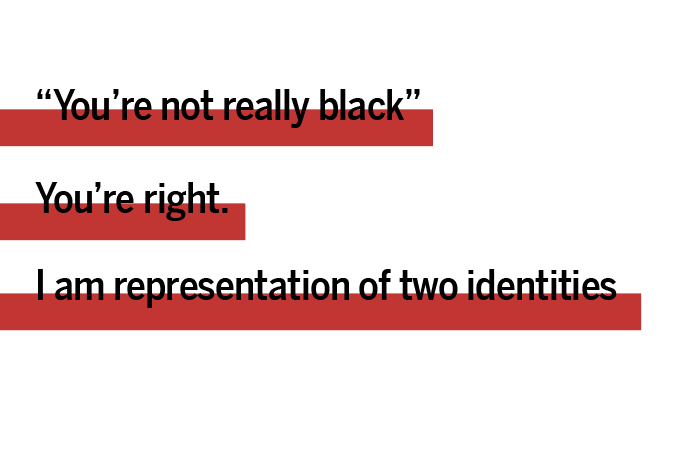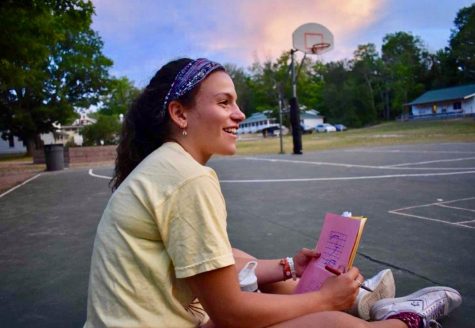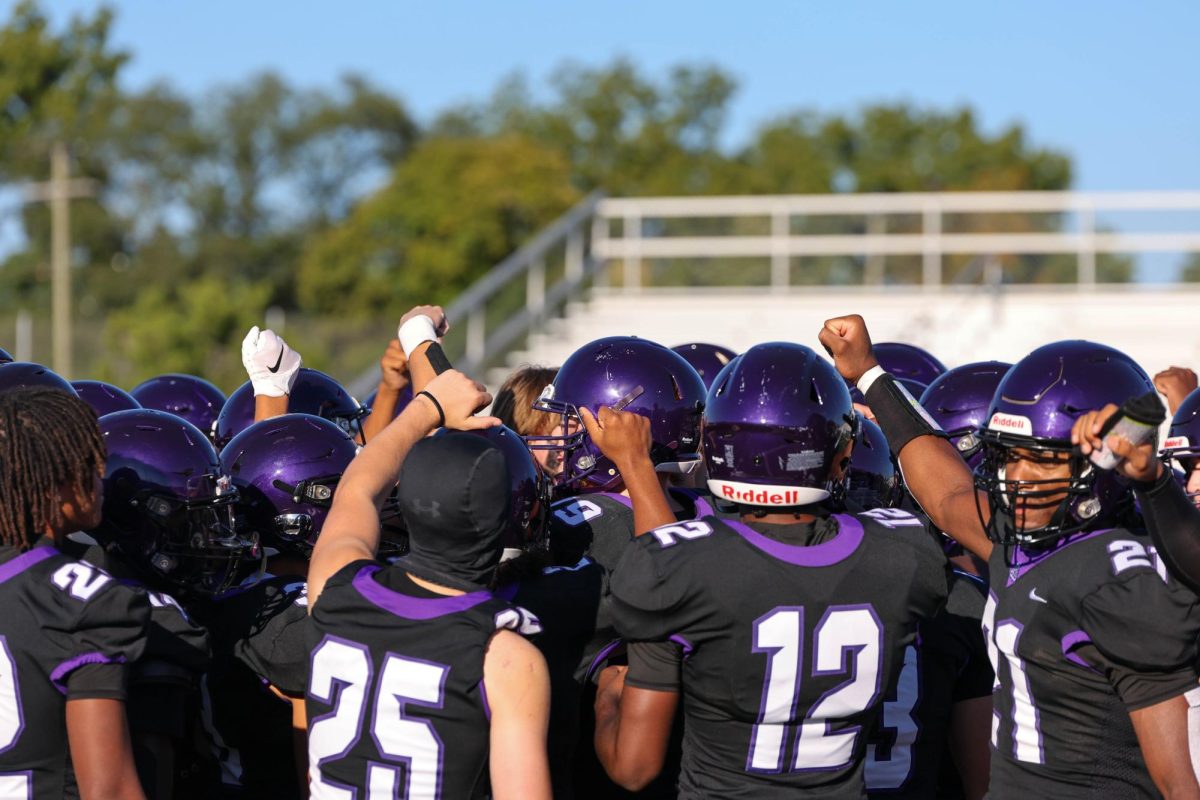Growing up mixed in a black and white world
February 14, 2020
Peri Patterson and Ayannna Bell, both seniors at Skyline High School, have dealt with identity issues their whole life.
Patterson — born from her white mom and black dad — has been subjected to comments on her fine hair and pale skin her entire life. Patterson — born from her white mom and black dad — has seen now race has divided her own extended family; Her black family seeing their ancestors being diluted and her white family seeing their ancestors being stained.
Bell – born from her Perian mom and black dad — has felt increasingly connected to her mixed identity. Bell – born from her Perian mom and black dad — is beginning to explore, what she refers to as, her “other” side.
Both Patterson and Bell experience life mixed. But they are not alone. Over 9 million people chose two or more racial categories on the U.S. Census. In the United States, the number of people holding mixed identities is increasing. But it goes beyond the numbers, experiences of mixed people are beginning to be recognized more as well.
In 2018, Patterson and Bell presented a TED Talk entitled “Things Not to Say to a Person of Mixed Race.” Through it, they quoted rude statements they had been directed to them.
“You’re not really black” they start. “You’re right.” They respond. Because in all honesty, they are right. But they are also wrong. Patterson is not black, she is white. But she is black too — she is both. Bell is not black, she is white. But she is Persian too — she is both.
“So like, what are you?” they say later. “Hear me clearly when I tell you: I will not be reduced to one race, nor will you decide whether I am one of my two ethnicities.” Always felt like to be connected to anyone, they felt forced to identify more strongly with one group rather than the other. Patterson, in middle school, associated herself with predominantly white people. She felt she would be more included this way, but the exact opposite was true. In an attempt to fit in, she felt even more like an outsider. In high school, she tried the opposite and associated herself with new her black friends.
“Everybody wants you to be one of the other when you have to tell yourself, you’re both of them,” Patterson said. “You really have to stand up for what and who you are.”
Pattersom said she felt torn between being too white to be accepted with her black friends, but too black to be accepted with her black friends.
Patterson, accused of hating her mom when she spends time with her black friends and “playing up her blackness” when being with her white friends, felt torn. She did not feel both of these identities, she felt neither: too white to be black and too black to be white.
“Which race do you like better?” the talk continued. “As if I had a choice, if I had a choice why would you expect me to choose: Choose between the cultures that make me who I am today, choose between the races that shape my world.”
This mixing of cultures has not been an easy or linear journey for Bell. Constantly straightening her hair in middle school, Bell used her hair as a physical means of suppressing her black identity. As she came to embrace her entire culture as part of her identity in high school, she began to embrace her curly hair simultaneously. With the assistance of her friends, as Bell began to learn more about black culture and her black family’s history, she began to embrace those aspects of her life more.
This trend in cultural identity is common. Racial identity can be fluid and change over time, especially in the transitional teenage years. As people begin to look more at themselves, they often see how race has affected them overtime. It is not uncommon for people of mixed identities to entirely reclassify themselves from a singular race to multiple as they grow older, a Pew Research study reported.
“Your words like hands squeezing everything that does not fit your labels,” the TED talk continued. “Pushing and shoving, painfully scrubbing the color of my skin until transparency suits me.
The issue of labels is one of the prominent issues when surrounding mixed race, according to Patterson and Bell. Historically, the US Census only began to allow the selection of more than one racial category in 2000.
The long lasting effects of being forced to into rigid categories took time to deconstruct: from 2000 to 2010 there was a twofold increase in the number of responders that classified themselves as more than one race. And data suggest that there are more mixed people in the US than respond as such on the census.
But to Patterson and Bell, the issue is much more personal. It is difficult for both of them to feel secure in their mixed identity when the world around them is attempting to force them to choose between their two halves. Overtime however, they have begun to embrace and love their entire selves.
“No one understands trying to be whole when you are given two halves.” They begin to conclude. “No one understands when you want to be white and want to be black. No one understands this struggle of being torn between two different worlds. But don’t get me wrong
I wouldn’t want to be anything other than me: Mixed.”











